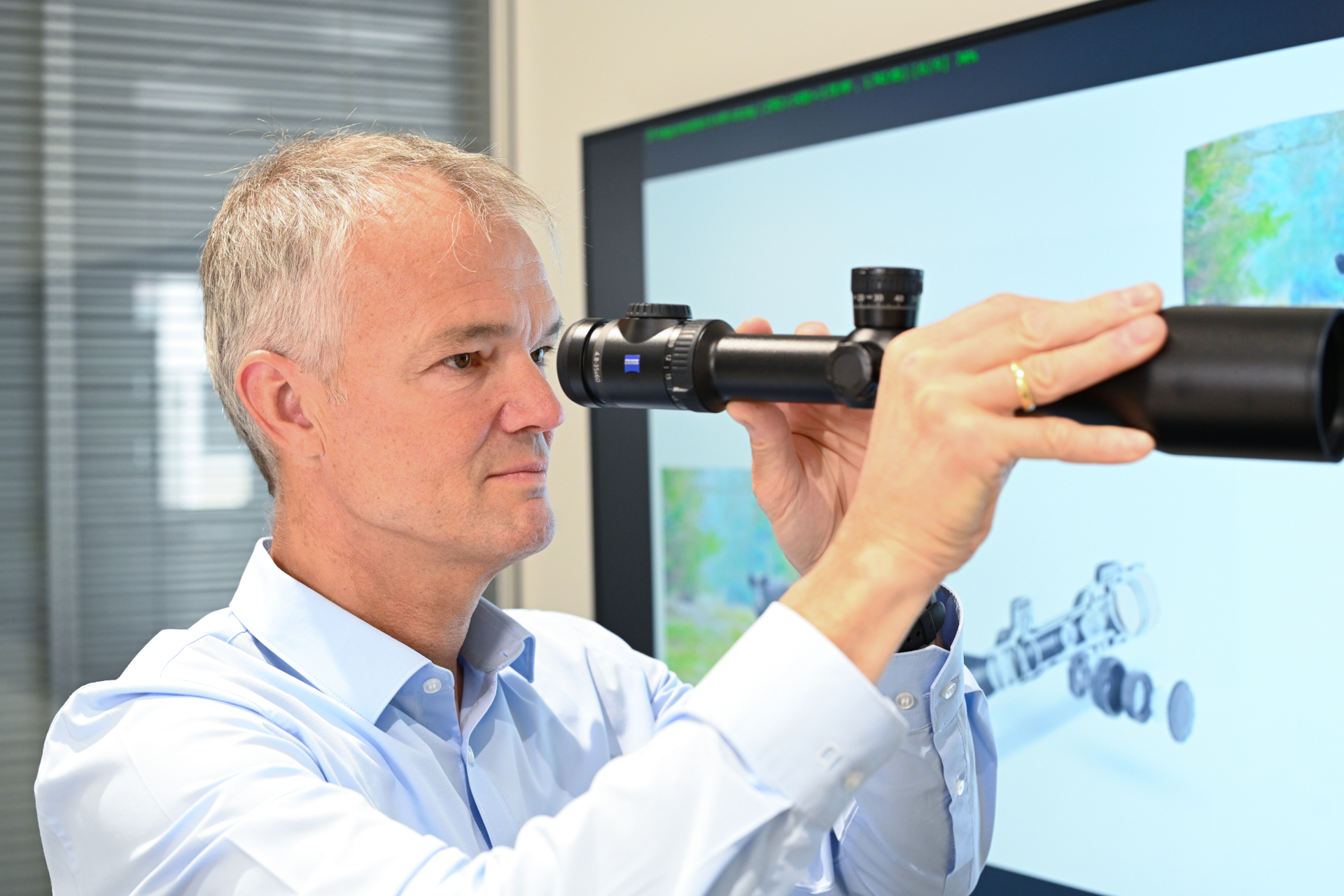oldtimer88
Active member

While this topic has been discussed across BF and CN, after a brief search I wasn’t able to find a clear answer to my question re ocular lens size. I am hoping members will be able to confirm my current understanding or correct me.
A larger diameter ocular lens will have a more forgiving eye box and longer eye relief.
Is this a fair assumption?
Why is this spec reported?
Thank you
A larger diameter ocular lens will have a more forgiving eye box and longer eye relief.
Is this a fair assumption?
Why is this spec reported?
Thank you









